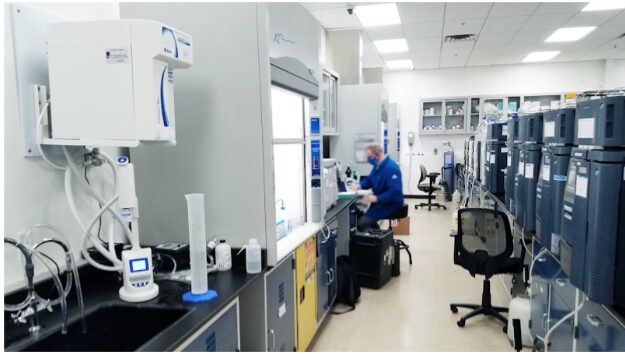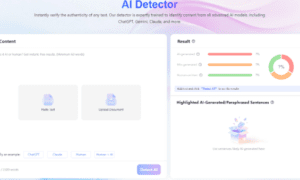Why the split? Limited partners are collecting fewer distributions, so general partners must justify every allocation with hard evidence. “The bar has shifted, credible evidence now opens the door, not just a compelling story,” says Fabian Kis, Managing Partner at Vortex Capital, an expert in life science dealmaking. “Compelling preclinical data, defensible budgets, and a timeline that ties each dollar to a de-risking milestone are what opens the door.”
The new diligence standard
Investors start with three questions. First, is there translational depth and preclinical rigor? Even cutting-edge platforms like gene editing or AI-guided discovery must be backed by robust animal models and reproducible GLP toxicology data. Second, can the company run a clean process? A well-organized virtual data room, GLP audit trails, and current CMC plans are now table stakes, and teams that supply them early shorten diligence from months to weeks. Third, does the economic story hold water? Payer-friendly indications, clear health-economics models, and manufacturing scalability must reinforce the scientific narrative.
Two moves that tilt the odds
Founders who raise successfully in today’s market often make two pragmatic moves rooted in preparation, not polish. First, they secure a credible lead investor, whether it’s an experienced angel, sector-savvy family office, or emerging fund, and use that support to anchor the round. Even if the cheque isn’t massive, an early commitment with domain expertise gives others confidence and helps preserve valuation. When founders wait to build the full syndicate before showing progress, rounds tend to stall as investors hesitate to go first.
Second, they treat communication as part of investor readiness. Rather than going silent during the raise, they share preclinical milestones, investor-facing summaries of manufacturing or regulatory progress, and engage directly via data calls or brief written updates. This builds trust and gives investors a chance to follow the story early, so by the time serious discussions or second-layer diligence begins, the conversation is already informed and forward-looking. Transparency and progress signals, even without polished PR, often make the difference.
Why discipline pays
A sluggish exit market drives this higher bar. Only a few dozen drug developers reached public markets last year, far fewer than in 2021, and large pharma buyers remain selective. With so many variables outside founders’ control, execution quality is the lever they can still pull, and investors reward it. “Today’s investors expect companies to walk into first meetings already looking due diligence-ready,” adds Dimitri Dieterle, an advisor to crossover-stage biotechs. “Teams that treat documentation as part of their product, keeping it organized, current, and transparent, tend to progress faster and often on better terms.”
Outlook
Excedr forecasts that higher rates, geopolitical uncertainty, and a narrow IPO window will suppress overall deal counts until mid-2026, yet the firm also expects a “flight to credibility” that channels larger cheques into fewer, well-prepared companies. Venture-capital surveys echo this view, showing partners plan to write bigger tickets while trimming portfolio counts. The next wave of major rounds will appear only for teams able to meet an institutional diligence checklist on day one.
Biotech money has not vanished; it must be earned rather than granted. Secure a lead early, turn education into evidence, and fundraising becomes a confirmation exercise rather than a persuasion campaign. When proof outshines promise, disciplined storytelling works alongside breakthrough biology to unlock 2025’s marquee financings.































